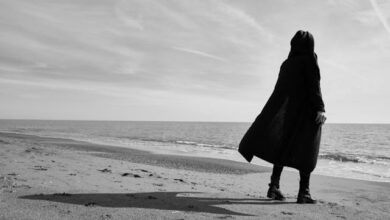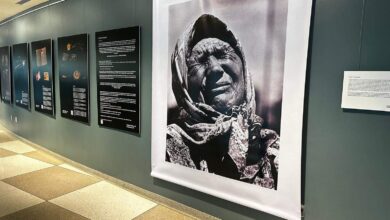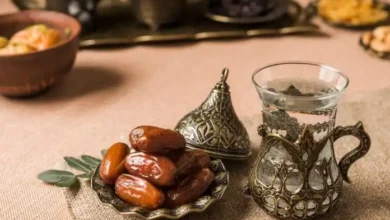Experience Ramadan in Sarajevo
Each city has its own most attractive periods of time in terms of people visiting and events happening. For Sarajevo, Ramadan is the case. It represents one of the most attractive touristic motives of Bosnia and Herzegovina’s capital.
In Sarajevo, like in any bigger city in Bosnia and Herzegovina, Ramadan is not just about fasting, but the spirit of this holy month is integrated in all aspects of social life – family gatherings, organizing daily and nightly activities, specific cuisine, customs, architecture, interreligious relations and culture.
Ramadan atmosphere is a lure for tourists and non-Muslim people because Ramadan environment can be felt, seen and taken a part in.
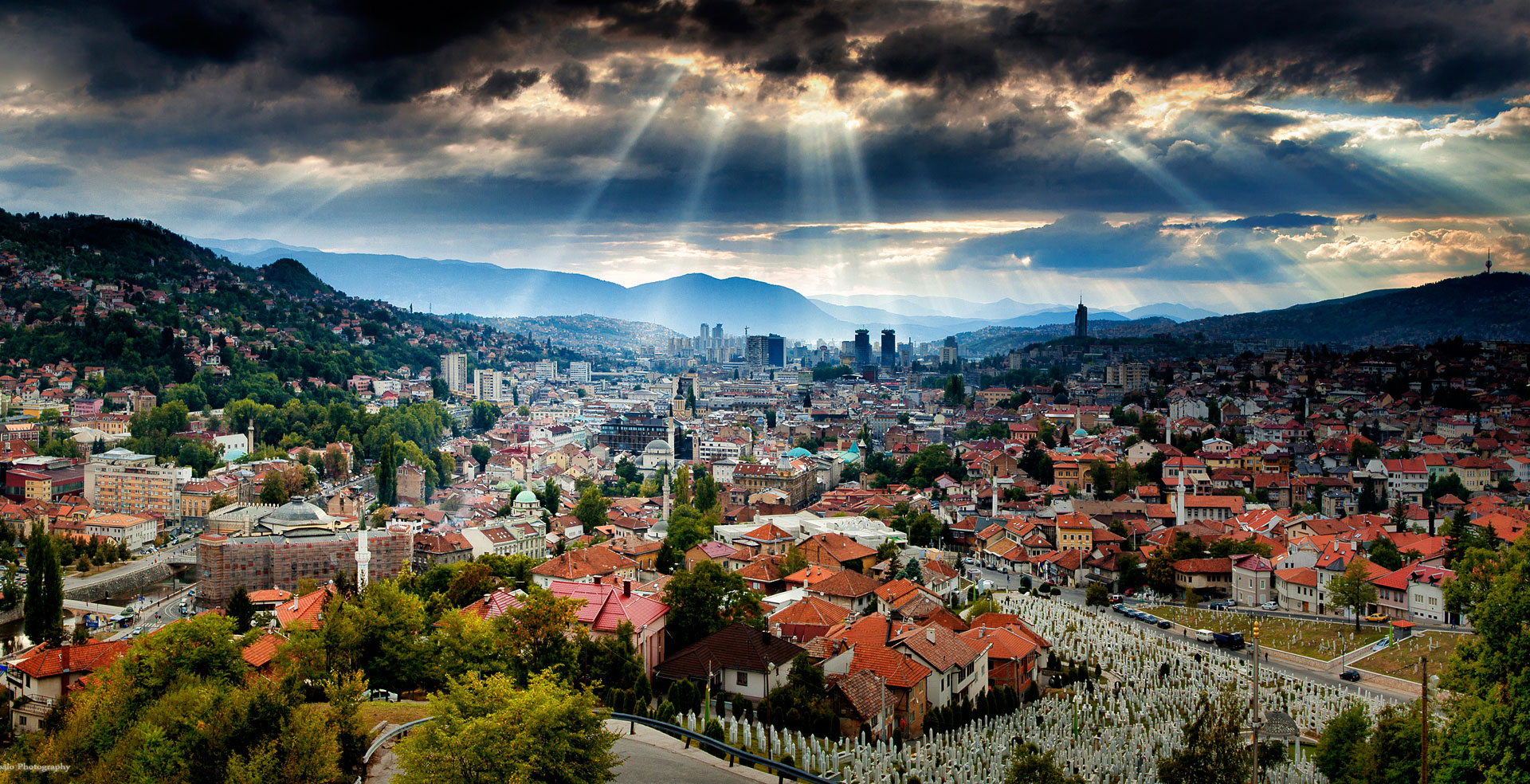 Iftars, Tarawih prayer and Muqabala
Iftars, Tarawih prayer and Muqabala
Iftar (a dinner that ends the fasting day) is being organized in a home setup, or in restaurants, or even in public places if Ramadan happens to take place in the summer part of the year. Those iftars on Baščaršija, with the sound of the cannon coming from the Yellow Fortress and all those ezans from minarets all over Sarajevo, are this city’s specialty. Many restaurants in Baščaršja offer Bosnian cuisine with elements of Orient. It’s really hard to find an extra table so the reservations are required. Besides Bosnian restaurants, there are many Arabian, Turkish and Albanian ones.
https://youtu.be/QJy0ICKYV5I
After iftar, Muslims are getting ready for Tarawih prayer. It’s a specific prayer taking place exclusively in the month of Ramadan, after the fifth (required) prayer. The advantage of Baščaršija is also a possibility to choose among variety of mosques for tarawih prayer. The choice is indeed variegated, from the two mosques where the prayer lasts around two hours -imam’s in those mosques go over one juz (chapter; one chapter counts 20 pages), to mosques where tarawih prayer is significantly shorter. Also, you can choose between praying inside a mosque, on the sofas, or outside, in the courtyard of Begova mosque.
After tarawih prayer, a social life is continued in various coffee places in Baščaršija, where a significant number of them has Ramadan working hours – from iftar until sahur.
Muqabala is joint Quran reciting during the month of Ramadan, and each mosque sets its own day period for doing so. The most visited muqabala is the one right before Asr prayer in Begova mosque, with the most crowded courtyard. A specialty of Sarajevo is also a women’s hafiz muqabala in Hadžijska mosque (next to Inat kuća).
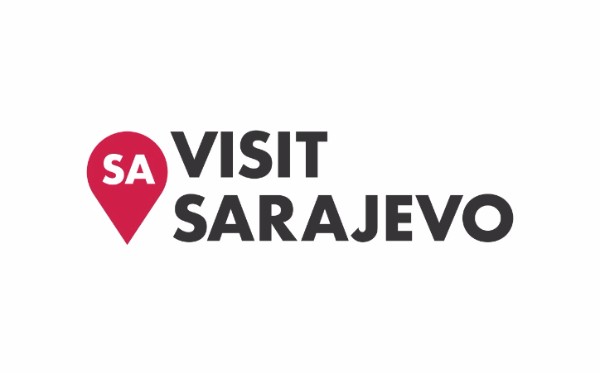
Ramadan somun
Each of Muslim peoples has its own specific cuisine that shows its unique specialness during the month of Ramadan. That is the case of Bosnian cuisine, too. The main characteristic of Ramadan/iftar in Sarajevo is somun – a unique pastry made only during Ramadan.
Long lines in front of bakeries in the old part of Sarajevo are nothing but usual thing minutes before iftar. For foreigners and guests from other parts of Bosnia and Herzegovina, it’s a rare sight.
One of the most popular bakeries is Poričanin, next to Bakijska mosque, near Sebilj. Also, there’s a bakery in Alifakovac, and Imaret bakery, next to clock tower.
Each of them has its own baking secret, known for its flavor and scent. Required ingredient of every somun is ćorokot. Somuns are baked at 500 celsius degrees, less than two minutes.
A somun tradition is connected to the Ottoman arrival, to Mehmed Fatih conquest of Bosnia. Also, Gazi Husrev-beg introduced somun into the soldiers’ diet.
Baščaršija, Begova mosque, Morića han, Sebilj
The most visited objects, streets and squares in Sarajevo during the month of Ramadan are Begova mosque, Sarači street that connects this mosque with Morića and Kolobara hans and other streets, and Baščaršija square, a place where Sebilj is placed – a symbol of city of Sarajevo and Bosnia and Herzegovina. In the history Sarajevo had around 300 Sebiljs, which was a symbol of showing respect to water, citizens and travelers. They were built in the name of the Prophet Muhammad’s s.a.w.s family. You can spot Sebilj in other countries’ cities, too, which actually represents a copy of Sarajevo Sebilj, as a symbol of brotherhood between Sarajevo and other cities, like Belgrade, Novi Pazar, Sjenica, Istanbul, Bursa, Konya. A very special Sebilj is placed on the other side of Atlantic Ocean, in St. Louis, a place with enormous Bosnian community. It’s built with its own money.
Streets of Baščaršija tell their own stories about names, origins and history. Street names are mostly connected to crafts – esnafs and trade shops.
Morića han is the only han in Sarajevo that preserved its original form and shape and that’s why it represents required tourist destination.
Yellow Fortress cannon
Notifying people about the beginning of Ramadan and iftars with a cannonball is a tradition in many Muslim communities. On the territory of Bosnia and Herzegovina, this was the case, too, until communist regime came into power after the WWII.
https://youtu.be/s1BVI5DgUY4
There were attempts to replace this tradition with siren, but Muslims opposed this idea. In 1997 a cannon was returned to Kovači, on Yellow Fortress. It attracted so many visitors, believers and tourists who now spend their iftar time there. Families with children are common visitors of Yellow Fortress, waiting for a cannonball moment and enjoying Sarajevo city sight.
Pictures and videos of people gathering there and waiting for the cannon fire are now a Ramadan brand in Sarajevo.
There are many manifestations and programs taking place in Sarajevo during this month. Except mosque events, there are lots of outside activities, too.

Sarajevo Ramadan Festival on Yellow Fortress, Ramadan book fair on the Square of Children (BBI center plateau), Ramadan nights in Kolobara han and children lamp walks the night before Ramadan are just some of those manifestations.
Author: Sanadin Voloder
#sarajevo_in_ramadan
Akos.ba


